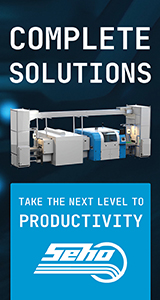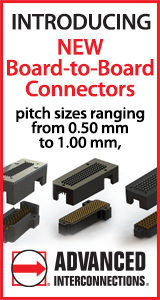|

|
|
| Ask the Experts | |||||||
|
|||||||
|
March 7, 2011 - Updated March 7, 2011 - Originally Posted Hand Solder vs. Wave SolderWe assemble simple through hole circuit boards. What are the main factors to consider when shifting from hand soldering to wave soldering? What factors should be used to justify continuing to hand solder vs. switching to wave soldering? V. N. |
|||||||
| Expert Panel Responses | |||||||
|
Should we or should we not upgrade to wave soldering for our products? Manual soldering is a very unique process with many variables and people being one of them. To make consistent joints every time all the time, the people have to be trained continuously and the equipment and materials have to be monitored as well. The second part of this is volume. A manual solder joint takes about one to three seconds to make, plus depending upon the flux type used must be cleaned. A wave solder system will solder the joints more quickly and consistently than any manual soldering operator. For example a board with a length of 6" and a width of 4" and a quantity of 100 joints will take a manual operator 3 sec per joint, which equates to 300 seconds or 5 minutes. If a wave solder system is design to have a conveyor speed of 5 feet per minute and the contact on the wave is 1 inch, that particular board will be soldered in 6 seconds. Therefore depending upon the volume of solder joints being created the decision to be made has to consider cost versus volume. For the cost analysis, one must consider, the forecasted volume, the cost of materials, the space needed within the facility to accommodate either system, as the wave solder system will have a footprint which has to be considered. The other issue is the cost of the solder to fill the solder pot, which is or can be substantial when starting a mass soldering process, along with the cost of the installation, such as air, power, venting etc. All of this versus more benches and soldering irons for the operators, which include salaries, and all the other ancillary cost of employees such as benefits and none of the variable have been eliminated. If more information is needed, please contact me at your convenience.
Vice President, Technical Director EPTAC Corporation At EPTAC Corporation, Mr. Lambert oversees content of course offerings, IPC Certification programs and provides customers with expert consultation in electronics manufacturing, including RoHS/WEEE and lead free issues. Leo is also the IPC General Chairman for the Assembly/Joining Process Committee.
The deciding factor is volume of production. Things to consider with wave soldering...
Vice President Essemtec USA Steven Pollock has worked in the industry for OEMs, and large CMs before moving to application Sales. Pollock has been working in SMT industry for nearly 20 years.
|
|||||||
| Submit A Comment | |||||||
|
Comments are reviewed prior to posting. You must include your full name to have your comments posted. We will not post your email address. |
|
Free Newsletter Subscription
Circuitnet is built for professionals who bear the responsibility of looking ahead, imagining the future, and preparing for it. Insert Your Email Address |
|

|




